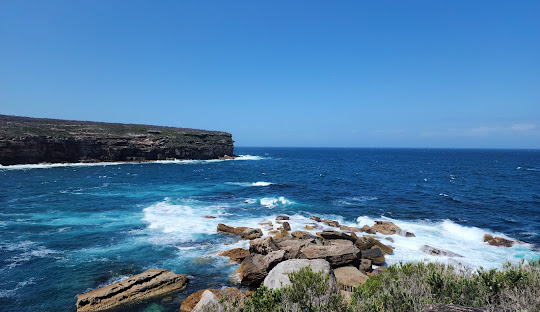
Sutherland Shire's Residential Transformation: From Rural Retreats to Urban Community
Posted by Sutherland Shire Pressure Cleaning Pros on
The Sutherland Shire has seen remarkable transformation over the years, transitioning from a series of coastal and riverfront retreats to a bustling suburban community. Areas such as Como, Illawong, Cronulla, Illawarra, and Yowie Bay became sought-after locations for those seeking a country escape. Although a form of voluntary local government was attempted in 1888, it wasn't until 1905 that proper governance was established under the Local Government (Shires) Act. On March 6, 1906, the State Governor Harry Rawson officially named the district "Sutherland, No. 133," which was then home to around 1,600 residents and divided into three ridings.
In the early days, the council faced challenges due to a limited rates base, particularly regarding road construction. However, the introduction of the Sutherland-Cronulla tramway by the Railways Commission significantly boosted business activity and spurred land sales. This development saw the population rise dramatically from 2,896 in 1911, when the tramway opened, to over 7,500 by 1913. By 1931, the population had exceeded 12,000, reflecting the area's burgeoning appeal.
Post-World War II, the Housing Commission, led by William McKell, began acquiring land to build "homes for heroes," marking the beginning of a substantial residential development phase in the Shire. By the early 1950s, Sutherland Shire evolved from a patchwork of scattered homes and vacant lots into a recognized part of Metropolitan Sydney, fully integrated into the urban fabric of the region.
This population surge was accompanied by significant industrial, social, and commercial development. In 1953, the Sutherland Shire Libraries system was established in a former doctor's residence, initially housing 8,000 books. Captain Cook Drive, linking Caringbah to Kurnell, was constructed the same year, coinciding with the establishment of the Kurnell Refinery in 1956. Additionally, the Australian Atomic Energy Commission, now known as the Australian Nuclear Science and Technology Organisation (ANSTO), set up its main research campus and first nuclear reactor (HIFAR) in Lucas Heights in 1956, with the reactor becoming operational on January 26, 1958.
Among the innovative residential projects was Sylvania Waters, where uniquely designed family homes were constructed around a series of man-made canals. In the 1970s, urban development expanded into the Menai district, further shaping the landscape of Sutherland Shire. Today, this area stands as a vibrant suburban community, reflecting its rich history and ongoing evolution.